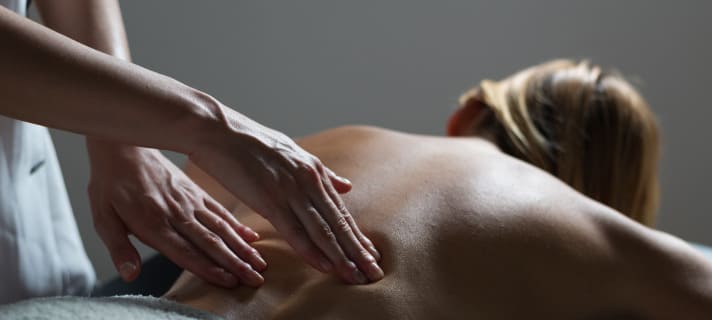In the realm of holistic wellness and alternative therapies, Thai Massage stands out as a remarkable and centuries-old practice. Originating in Thailand and deeply rooted in the country’s culture, Thai Massage is more than just a massage; it’s a holistic approach to healing and well-being. In this article, we will unlock the secrets of Thai Massage, exploring its history, unique techniques, and the profound mind-body connection it fosters.
The Origins of Thai Massage
Thai Massage, known as “Nuad Boran” or “ancient massage,” traces its roots back over 2,500 years. This ancient healing practice emerged from Traditional Thai Medicine, a holistic system that combines herbal medicine, spiritual practices, and manual therapies. The foundations of Thai Massage are influenced by Indian Ayurveda and Yoga, making it a unique blend of cultures and healing philosophies.
Philosophy and Principles
At the heart of Thai Massage lies the concept of balance and harmony. Practitioners believe that to maintain good health, one must have a balanced flow of energy throughout the body. This energy, often referred to as “Lom,” flows along invisible pathways called “Sen lines.” These Sen lines are similar to the energy meridians in Chinese medicine and are crucial to the practice of Thai Massage.
Thai Massage operates on the principle that physical ailments result from blockages or imbalances in the Sen lines. The practitioner’s role is to identify and release these blockages, allowing energy to flow freely, which, in turn, promotes healing and well-being. This approach aligns with the holistic belief that the mind, body, and spirit are interconnected, and any disruption in one affects the others.
The Unique Techniques of Thai Massage
Thai Massage is distinct from other massage techniques due to its use of the entire body. Unlike Western-style massages, which predominantly involve the hands, Thai Massage practitioners use their hands, feet, elbows, and even knees to apply pressure and manipulate the recipient’s body. This full-body approach allows for a more comprehensive and deeply therapeutic experience.
One of the hallmark techniques of Thai Massage is stretching. The practitioner guides the recipient through a series of passive yoga-like stretches, facilitating flexibility, and releasing tension. This aspect of Thai Massage not only benefits physical health but also encourages mental relaxation, as it requires the recipient to be fully present in the moment.
Compression is another vital technique in Thai Massage. By applying rhythmic pressure along the Sen lines and specific acupressure points, the practitioner promotes the flow of energy while relieving muscle tension and discomfort. These movements are not only therapeutic but also deeply relaxing.
The Role of Thai Culture
Thai Massage is deeply intertwined with Thai culture and spirituality. It is often performed in temples and traditional healing centers, where the practice is considered sacred. Thai Massage practitioners may begin their sessions with a brief meditation or prayer to set an intention for healing. The connection to Thai culture enhances the overall experience, providing a sense of authenticity and depth to the practice.
Mind-Body Connection
One of the most remarkable aspects of Thai Massage is its ability to foster a profound mind-body connection. As the recipient surrenders to the practitioner’s touch and stretches, they enter a state of deep relaxation and mindfulness. This meditative state not only promotes stress relief but also encourages emotional healing and self-awareness.
Through the release of physical tension and energy blockages, many recipients report feeling a sense of emotional release during and after a Thai Massage session. This powerful mind-body connection is one of the secrets to the practice’s enduring popularity and effectiveness in promoting overall well-being.
Holistic Wellness Benefits
Thai Massage offers a wide range of holistic wellness benefits, including:
Stress Reduction
The meditative nature of Thai Massage promotes relaxation and reduces stress.
Improved Flexibility
Regular Thai Massage sessions can increase flexibility and range of motion.
Pain Relief
It can provide relief from chronic pain conditions, such as back pain and headaches.
Enhanced Circulation
The techniques used in Thai Massage can improve blood and lymphatic circulation.
Balanced Energy
By clearing energy blockages, Thai Massage helps balance the body’s energy flow.
Emotional Healing
Many recipients experience emotional release and heightened emotional awareness.
Improved Sleep
Thai Massage can improve sleep quality and relieve insomnia.
Thai Massage is not just a physical therapy; it’s a holistic approach to healing that encompasses the mind, body, and spirit. Rooted in Thai culture and philosophy, this ancient practice offers unique techniques that promote balance and well-being. Its ability to unlock the secrets of the mind-body connection makes Thai Massage a truly transformative experience. Whether you seek relief from physical discomfort or a deeper connection to your inner self, Thai Massage is a powerful tool on the path to holistic wellness.

